This post is sponsored by method.
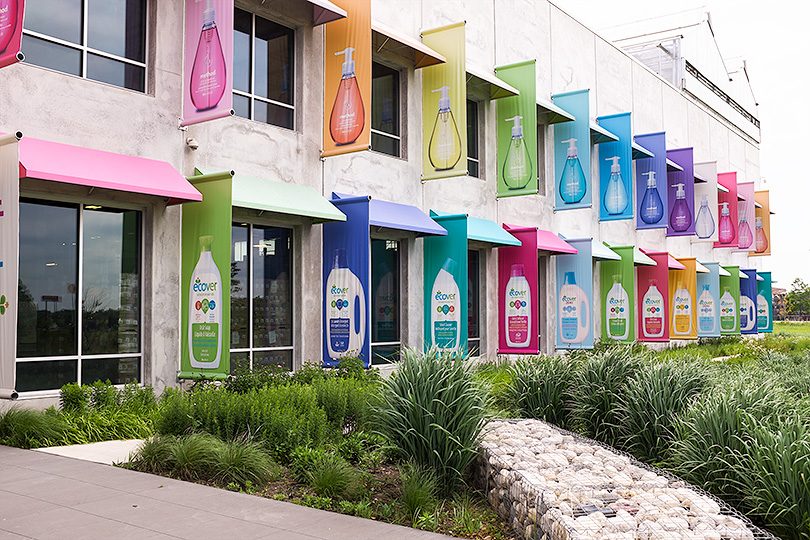
I had visited the headquarters of method in San Francisco years ago and gotten to know the company then, so it was fantastic to see the manufacturing side of the business right here in Chicago. A lot of people don’t realize that method is a green company — the colorful packaging doesn’t fit with what you might expect! They are indeed though, and their ‘South Side Soapbox’ is a Platinum LEED certified factory (one of only two in the US), reflecting their commitment to energy efficiency and sustainability.
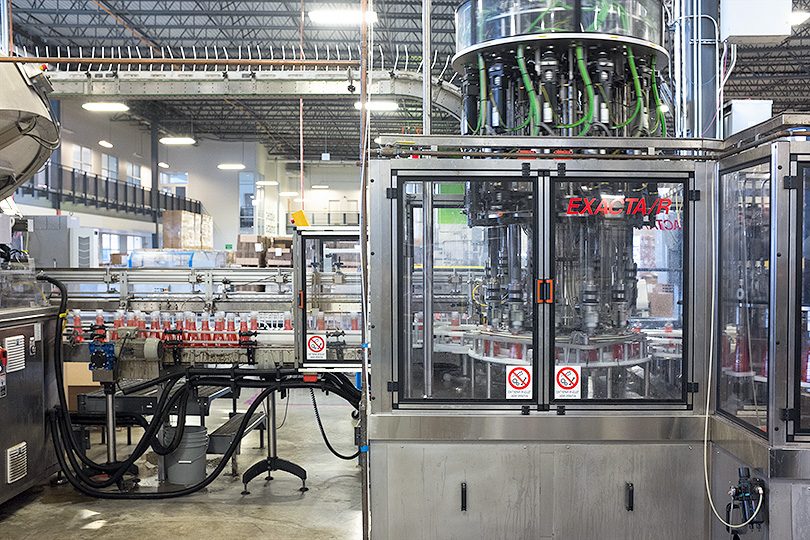
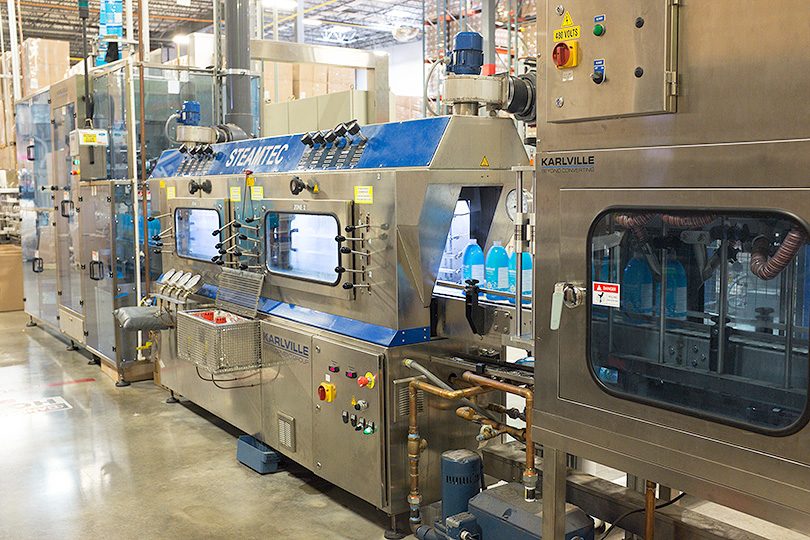
Method was considering a handful of other cities, but Pullman residents swayed them and Chicago won. It was the first new factory built on the south side in 30 years, and it’s ideally situated to take advantage of rail distribution. Not only did they bring new jobs to the community, prioritizing new hires from the surrounding five zip codes, the revitalized the site which was previously unusable Brownfield land. They cleaned up and remediated the soil, they are generating their own power, capturing and returning water at the same rate it’s used, and dedicating much of their land to native plantings and marsh. The building is also a factory below, and a greenhouse above.
The roof is home to a 75,000 sq. ft. rooftop garden managed by Gotham Greens. The produce is grown in the greenhouse with hydroponics, and then distributed locally. Chef Dylan Lipe used Gotham Greens for our dinner at Argus Brewery. (It was so good!)

After touring the factory, we went out to explore the surrounding area.
Exploring Chicago’s Historic Pullman Neighborhood
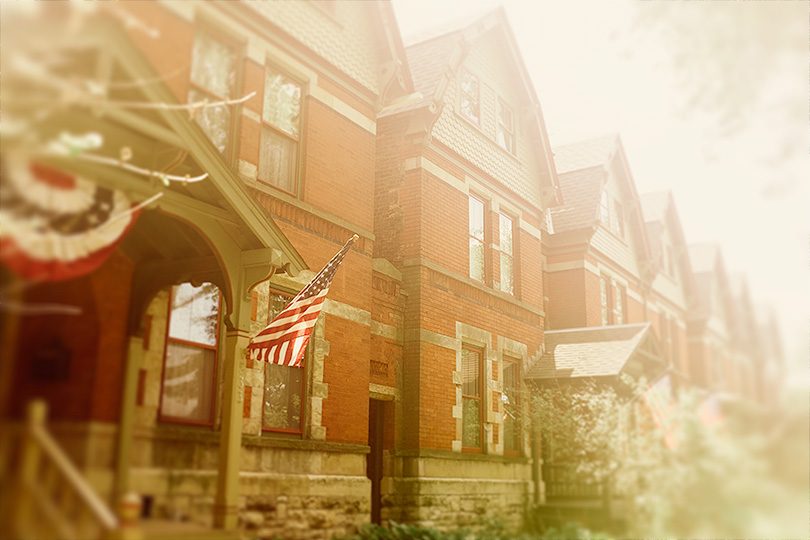
Pullman has long been designated a state and local landmark, but it became a national park a few years back. I shared the news here when it was announced, but somehow I hadn’t found my way down there in the time since. I was eager to check it out, and of course, I’m kicking myself for not doing so sooner.
We started off with an art tour led by local artist JB Daniel. He explained that while the front facades are historical, residents can (and do) express themselves in the alleyways and the rear of their properties.
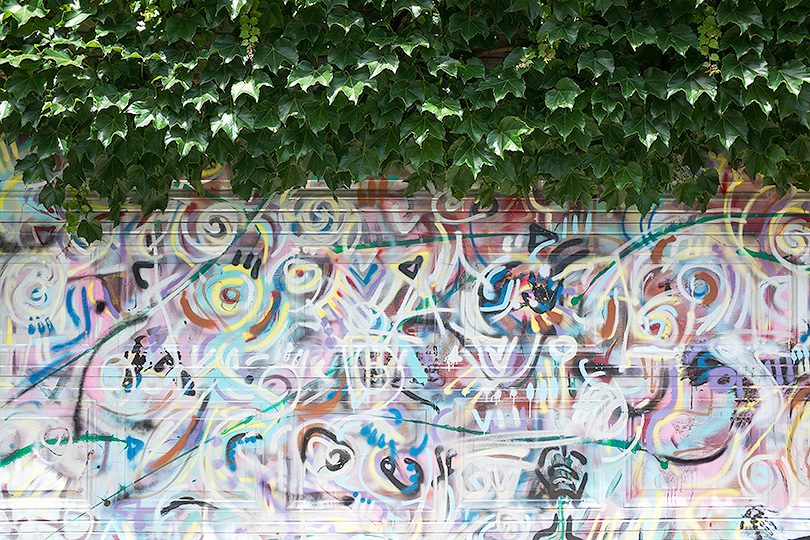
The central arcade is flanked by curved colonnaded apartment buildings, but unfortunately the centerpiece, the arcade, was destroyed by fire many years back. Sitting proudly in the center now is what was supposed to be a temporary sculpture by Matthew Hoffman, but it’s still standing three years later. Because it’s awesome.
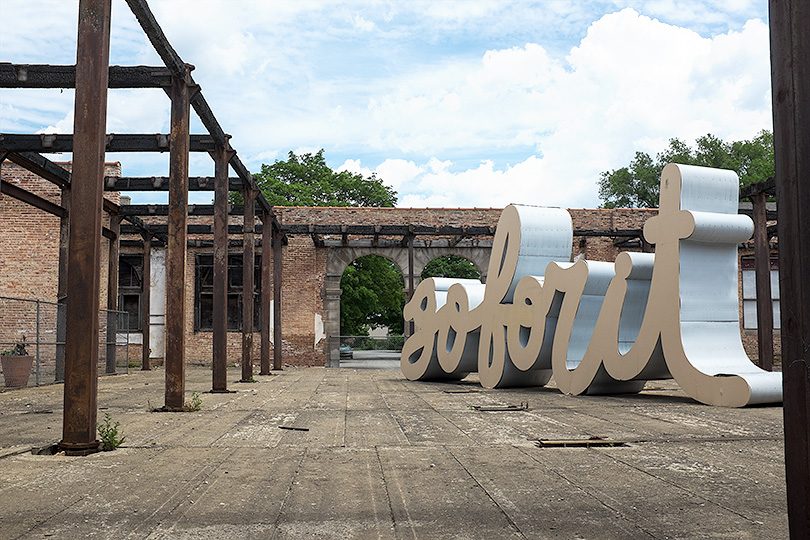
Go for it.
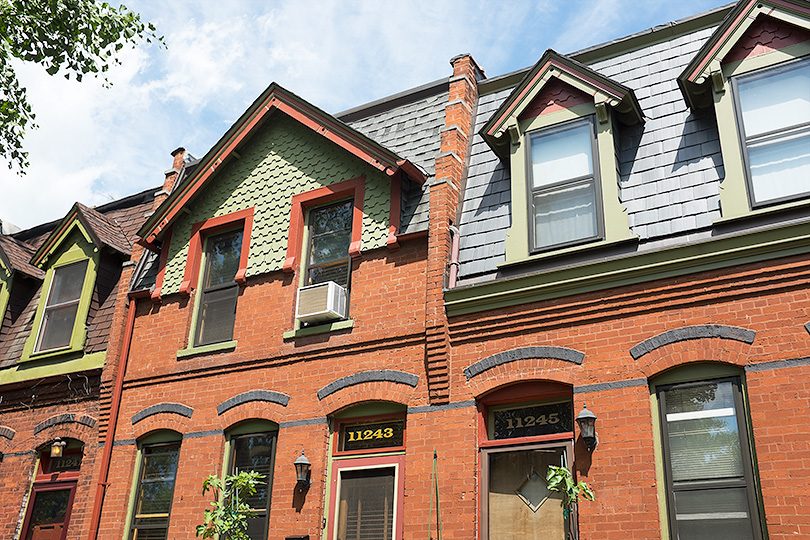
We had lunch at The Pullman Cafe, then continued on with a tour of the architecture and a stop in the tourist center. I loved the historical photos and paintings. (And I don’t know why it surprised me to see a uniformed national parks employee inside! A reminder that this is more than just another Chicago neighborhood.)
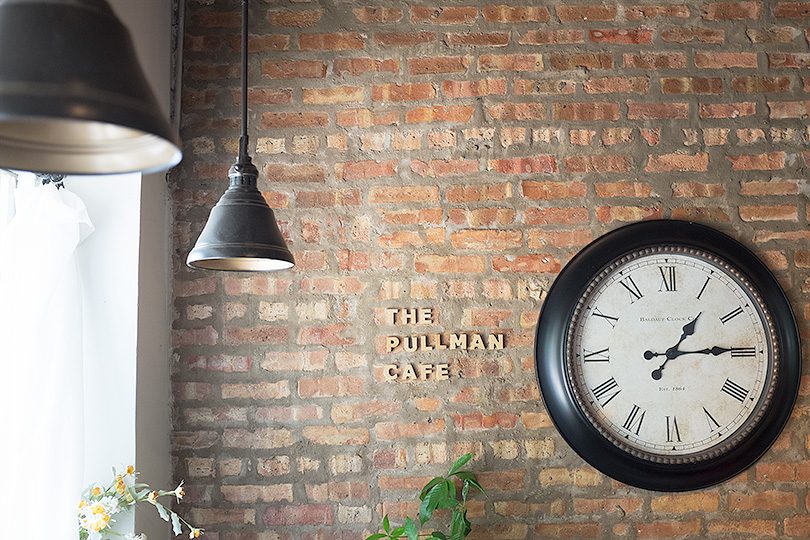
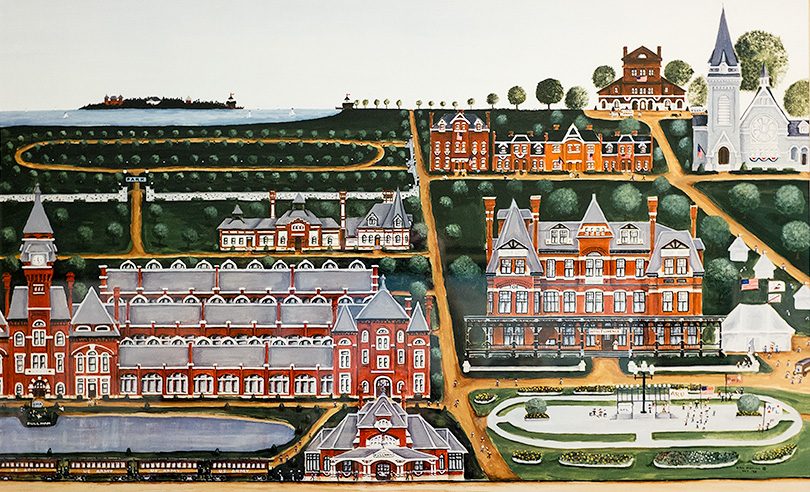
The Greenstone Church lives up to its name. That stone unfortunately is not entirely well-suited to its purpose and is delaminating, but they didn’t know that when selecting materials at the time.
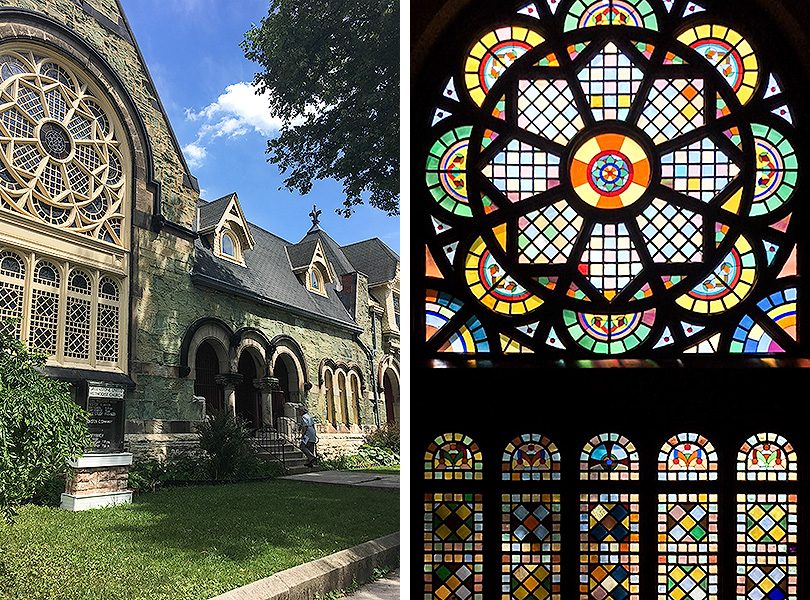
The neighborhood was conceived of by George M. Pullman, President of Pullman’s Palace Car Company. The industrial town was built, starting in 1880, to house his workers. The idea was that this would be such a wonderful place to live, his workers would be happier and more fulfilled, and thus more productive. They were able to rent apartments at a variety of price points, depending on their needs and wants. The more affordable housing was built of common brick.
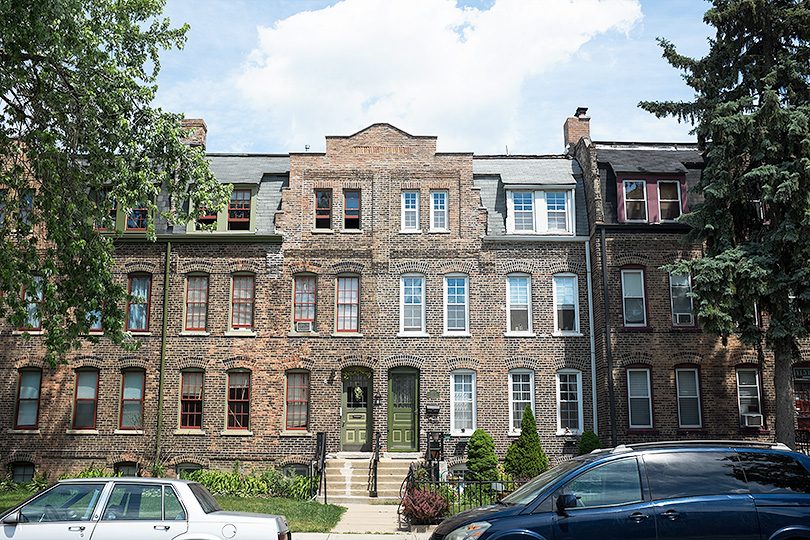
The most beautiful buildings in Pullman were constructed of face brick, including the Hotel Florence which is awaiting restoration.
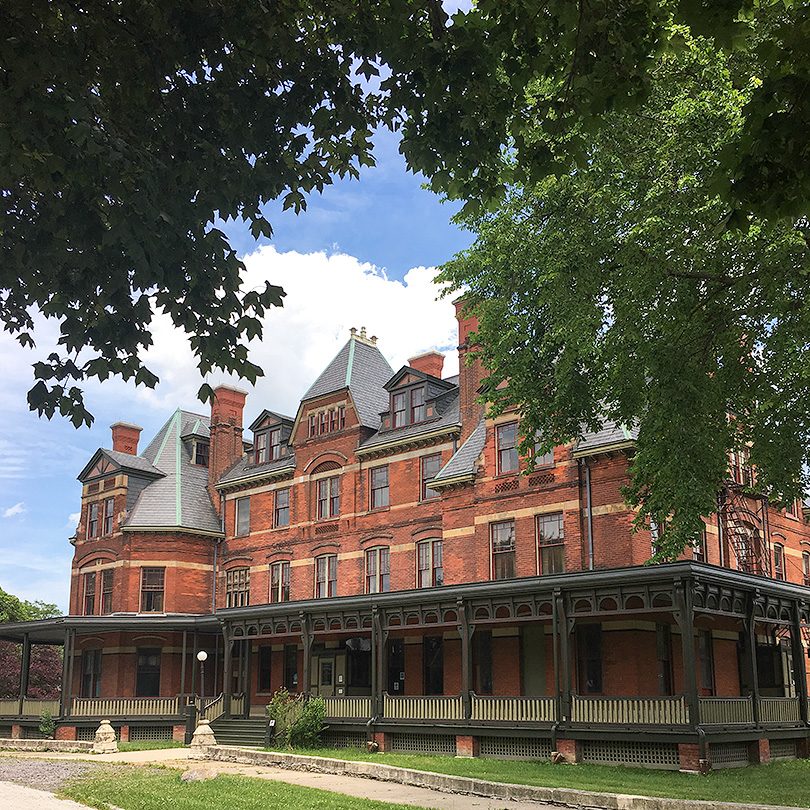
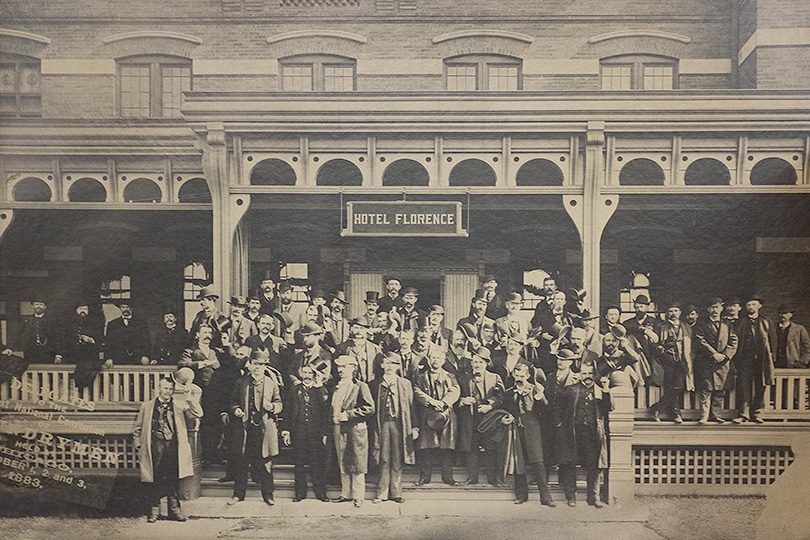
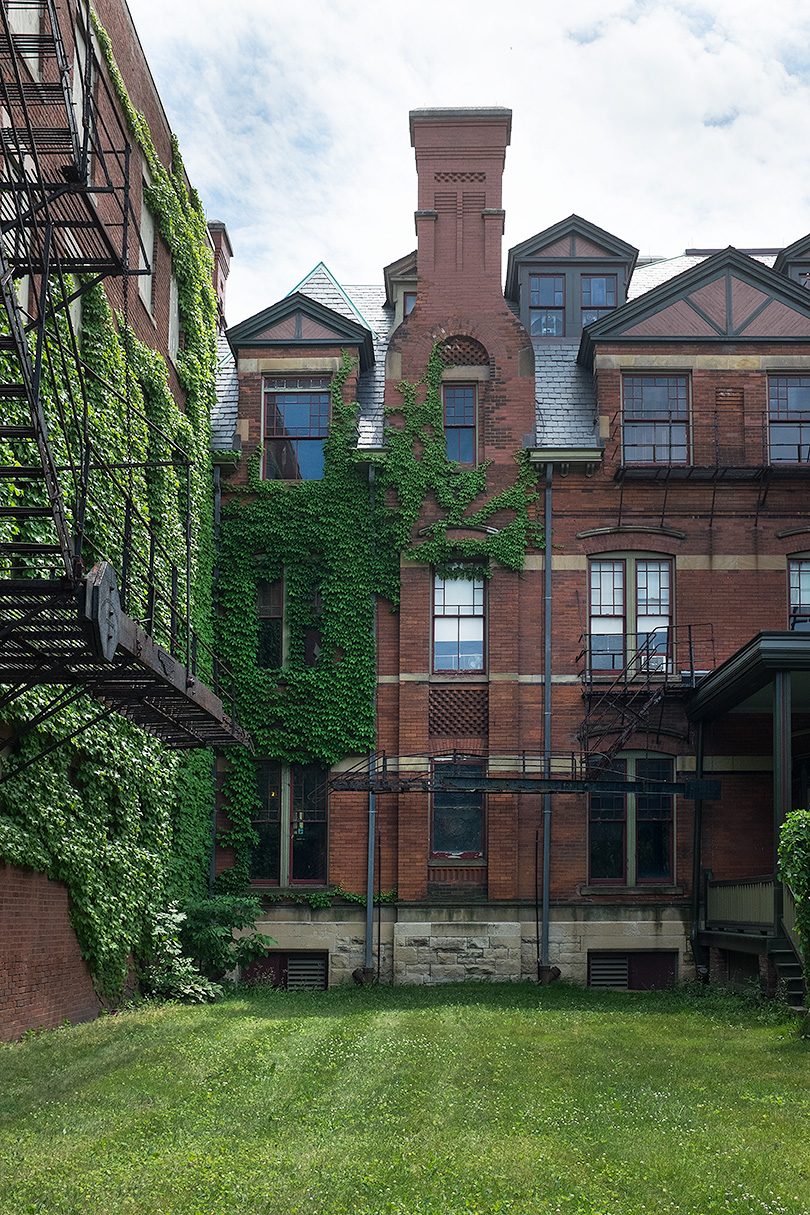
The area was nearly demolished in the sixties, but residents recognized its unique value and they rallied to save it. It has since enjoyed landmark status, and there are various incentives and programs in place to preserve the buildings. Today, it’s one of the most diverse areas in Chicago. A living neighborhood as national park.

I left feeling inspired, and more dedicated to saving what’s dear to us.
We’ve been aware of method as a green option for cleaning for a long time now, and that’s an important distinction, but in thinking about other areas of our life I know I’m not as well educated about food as I can be. The idea of buying locally grown produce makes so much sense (yes I’m late to the party), and I think seeing how physical goods like method’s soap can be distributed in a more sustainable way drove that point home. We have a food co-op in town that prioritizes food from local growers and producers, so we really have no excuse not to seek out more sustainable choices! We also have a fantastic farmer’s market that I think we need to treat more as our first stop for groceries rather than a supplementary source. No more buying tomatoes from faraway on a Thursday when I know I’ll be able to get them locally on the weekend.
I left the method factory tour feeling encouraged to make a difference by being more mindful of what products we buy, whether it’s for the home, for our bodies, or the food we eat.



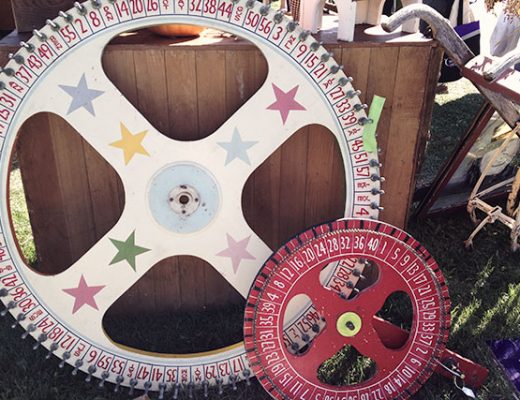
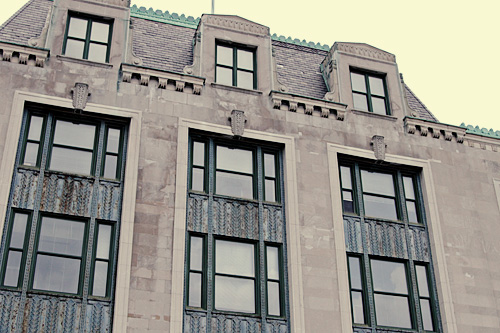
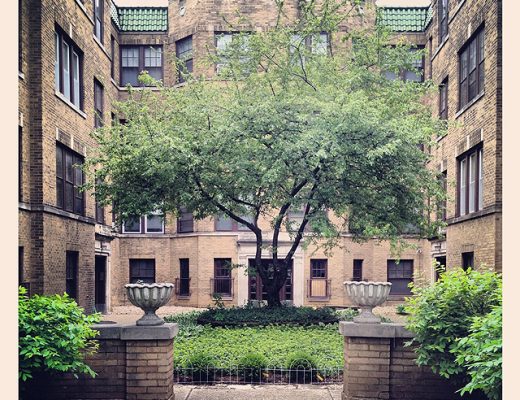
Ellen
June 28, 2017 at 4:24 pmA discussion of the history of Pullman is not complete without mention of the Pullman strike. “Happier and more fulfilled workers” sounds lovely, but Pullman was a company town and workers were required to live there. Wages were cut, yet rents were not reduced, leading to the strike which was an important event in the US labor movement.
The method factory looks amazing and I have really enjoyed using their products. However, the Environmental Working Group rates most of their products C, D, or F for potential health hazards http://www.ewg.org/guides/search?utf8=✓&q=Method&x=29&y=12&page=1&per_page=15
Another source of local produce is https://angelicorganics.com/receive-our-vegetables/ Highly recommended!
Kathy
July 5, 2017 at 5:18 pmTo the comments about Pullman…
The workers at the Pullman factory were, in fact, not required to live in Pullman. Nor did you have to work at the factory to live in Pullman.
The town was provided as an amenity and convenience for the workers – especially since the town was built far from the Chicago city limits and there were only small communities in the area, but not enough to house them all (the town had upwards of 12,000 residents at its peak). The idea was to provide an alternative to the typical industrial workers housing and working conditions for the time – think The Jungle and the Stockyards. Better living conditions would lead to better working conditions and better product for the company. It also allowed immigrants who were hired to work at Pullman to have ready, safe places for them to move to when they arrived.
The pay structure for workers was changed (hourly/shift to piece for many positions) and the production hours at the factory reduced as a result of the major national economic depression in 1893 (The Panic of 1893). Not as many trains are bought or run during such an economic downturn, despite Pullman underbidding contracts to try to keep work at Pullman. So many were laid off or had significant wage reductions because there was not enough work for the normal full labor force.
The rents were not reduced because the corporation built the town with the plan to achieve a return on their sizable investment of building the town. They held fast to the initial schedule for meeting that return via the profits from rents and related services. Should they have perhaps acted more ethically and reduced rents temporarily to help out their workers during this period? Perhaps…but corporations are typically are focused on profit for their investors. On the other hand, the company did not evict anyone from their homes during this time – the debt for their unpaid rent mounted to be sure, but they were not left on the street. Which I am sure they felt a considerate gesture at the time.
Those factors, alongside the growth of labor unions in the country’s industrial sector and other details from the period, are what contributed to the Pullman Strike.
Yes, they should have made different decisions to better achieve the goals of happy and fulfilled workers, but those were the among the intentions in the planning of the first planned industrial community in America.
Antonella
June 29, 2017 at 8:45 amLove manufacturing plants :-) thanks for sharing info on the Method company. I love the colorful bottles and great smells (from what I can read :-) Can’t wait till it starts to sell here in Italy!